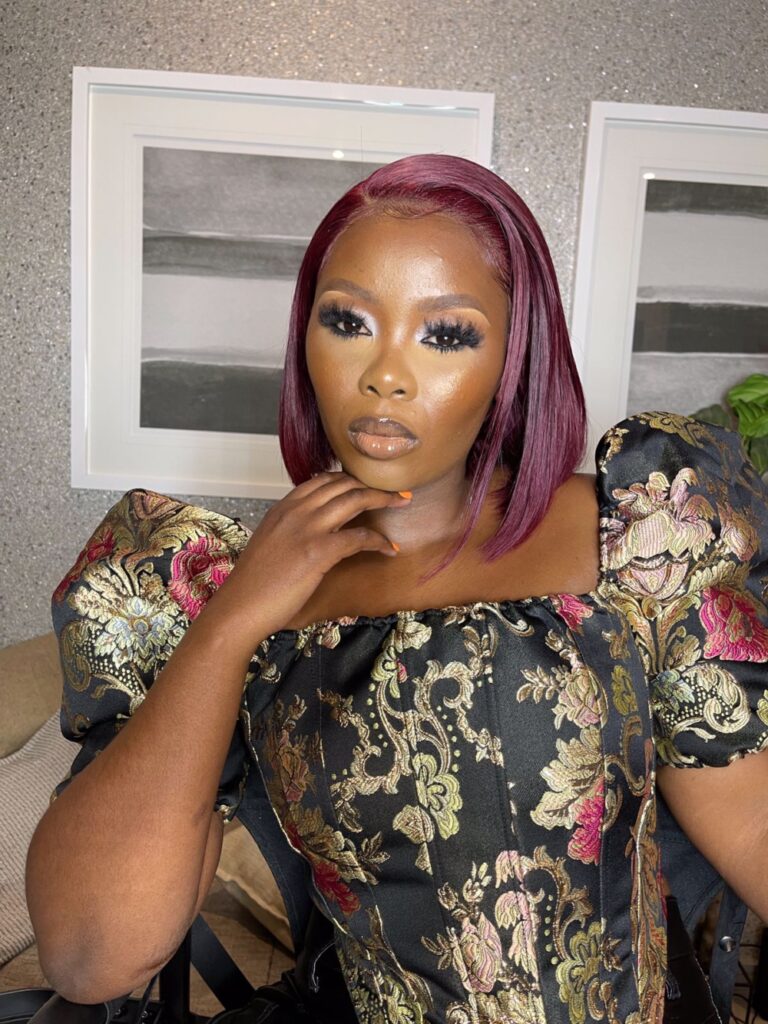By Sammy-Joe Radinthi and Christina Kennedy
There are so many marketing messages competing for eyeballs online, so how can you make yours stand out and deliver the results you or your client need? Paid digital advertising, cleverly applied, can powerfully grow and position your brand.
However, it’s not as simple as boosting social media posts and throwing money behind online ads. You need to have a cleverly curated paid digital strategy to extract optimal bang for your online marketing buck.
Digital advertising can improve your conversion rate and the quality of your leads. Importantly, though, it should not just be about the “hard sell” – it should be tailored to help build customer relationships and engagement with your audience, too.
Here are 10 top tips from our team at Flow Communications for building a great digital strategy.
1. Define your SMART objectives
Specific: what are you trying to achieve with the campaign – sales, awareness, website clicks? Ensure your campaign objectives are aligned with your business goals.
Measurable: what are the numerical results you want to achieve? For example, 500 000 reach with 300 post engagements, or a sales target of R50 000?
Attainable: is your goal realistic? For example, is it feasible to run a TikTok brand-awareness campaign for three months if you don’t have the budget to keep creating fresh video content?
Relevant: can your target audience relate to your offering? For example, electric blankets may not be the most relevant product to try to sell during the summer months.
Time-based: the duration of your campaign will affect the budget, and the time frame will affect how prominent you make each paid message.
For example, a two-week paid campaign Flow Communications undertook for a clean-energy client set a target of 200 webinar registrations using LinkedIn Conversation Ads, and received more than 500 registrations with a click-through rate of 74% – SMART, indeed!
2. Segment your audience
Who is your target audience? What are their demographics, location, interests, likes and behaviour? Know who you are targeting and home in on them – this is one of the benefits of paid digital marketing over its organic counterpart.
3. Select your platforms
It’s often best to use a multichannel approach to target your audience on more than one platform (for example, you may want to use LinkedIn, Instagram and Facebook for a paid campaign, then tweak your spend accordingly to how well each platform performs). A user typically needs to see an ad a few times before they can remember the brand or message. Keep in mind that different social media platforms target different primary demographics, and that advertising on Google (search or display ads) is a great way to grow your search engine presence.
4. Consider ad types
Each platform has different advertising methods, such as stories, display ads, conversion ads, carousel ads, catalogue ads and programmatic advertising. You can choose from static images, video/GIF content or multiple images that tell a story. Why not make your customers’ experience more enjoyable with interactive ads that offer an entertaining or educational message, rather than just marketing a product?
5. Define your budget and timeframe
After you’ve taken into account your sales cycle and campaign objectives, your budget needs to last the duration. Establish what the return on investment should be that aligns with your goals, and which will determine how much you invest in your campaign over time.
6. Create compelling artwork and content
Design your artwork and curate your copy according to the chosen platform and ad type, and remember: the less copy and the stronger the visuals and the call to action, the more impact your campaign will have. Do A/B testing to see which content and artwork works best – human-interest feel-good stories tend to yield good engagement results, for instance.
7. Optimise your website for mobile-first browsing
Want to turn that click-through into a sale? Users these days mostly use smartphones to access the web, social media platforms and apps. So, it is crucial to ensure your content is mobile-friendly if you want optimal results.
8. Consider using influencers
Influencer marketing is one of the fastest-growing forms of getting messages across. Choosing the right influencer/s to promote your business can amplify your reach by tapping into their audiences. Ensure your brand’s values align with your influencer of choice’s brand and messaging, and draw up specific contracts with your influencers, detailing what you are paying them for.
9. Give your campaign time to run
It can be a time-consuming process to get your social media and search engine adverts approved and running, so your planning needs to take this into account. Review your ads regularly and optimise them based on your insights and findings.
10. Don’t be afraid to change it up
If a campaign is not yielding the desired results, don’t be afraid of changing your ad copy and artwork. Due to market saturation, “ad fatigue” can set in quickly. If your ad is yielding better results on platform A, move your budget there from platform B to maximise your ad spend.
- Automation and AI: Super-Tools to level up your business - 24th July 2024
- Salesforce Launches First Autonomous AI Agent - 19th July 2024
- WPP champions inclusive creativity at inaugural Unite South Africa Awards during Pride Month - 19th July 2024






